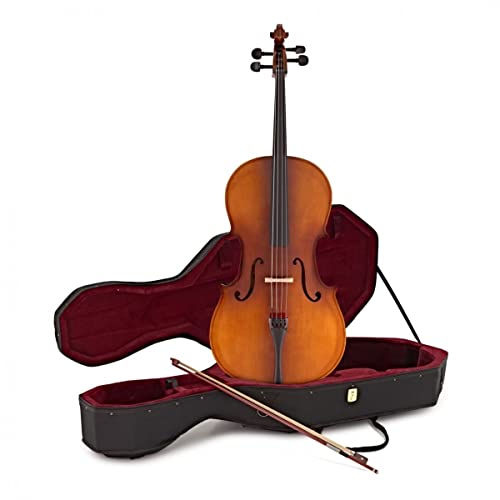Understanding the Basics of Cello Rosin
If you are new to playing the cello, you may have heard of rosin, but are not entirely sure of what it is or how it works. Rosin is essential for every cello player, as it helps to create a better sound and improve overall playing performance.
Cello Rosin: What is it?
Cello rosin is a solid, resinous substance that is rubbed on the bow hair to create friction between the bow and the cello strings. It is made from the resin of trees and is processed and shaped into a small block or cake form that is easy to handle.
How Does Cello Rosin Work?
When you play your cello, the bow hair rubs against the strings, causing the rosin to melt and create a sticky surface. This helps to produce a clear and uniform sound, as it creates the friction needed to grab onto the string and make it vibrate. If you don’t use enough rosin, you will not produce the desired sound, and if you use too much, the sound may become gritty or unclear.
Types of Cello Rosin
There are several types of cello rosin available, each with different properties and characteristics. Some rosins are stickier than others and are ideal for players who need more friction, while others are less sticky and better suited for experienced players who require less friction. The most common types of cello rosin are dark (for warmer tones) and light (for brighter tones).
How to Apply Cello Rosin
To apply cello rosin, simply loosen the bow and rub the rosin block along the bow hair, making sure to cover the entire length. Use firm, even strokes, but be careful not to use too much pressure, as this can damage the bow hair. Repeat this process regularly, as the rosin will wear off over time and will need to be reapplied.


 Best Selling
Best Selling 




 You might also be interested in those other questions...
You might also be interested in those other questions...